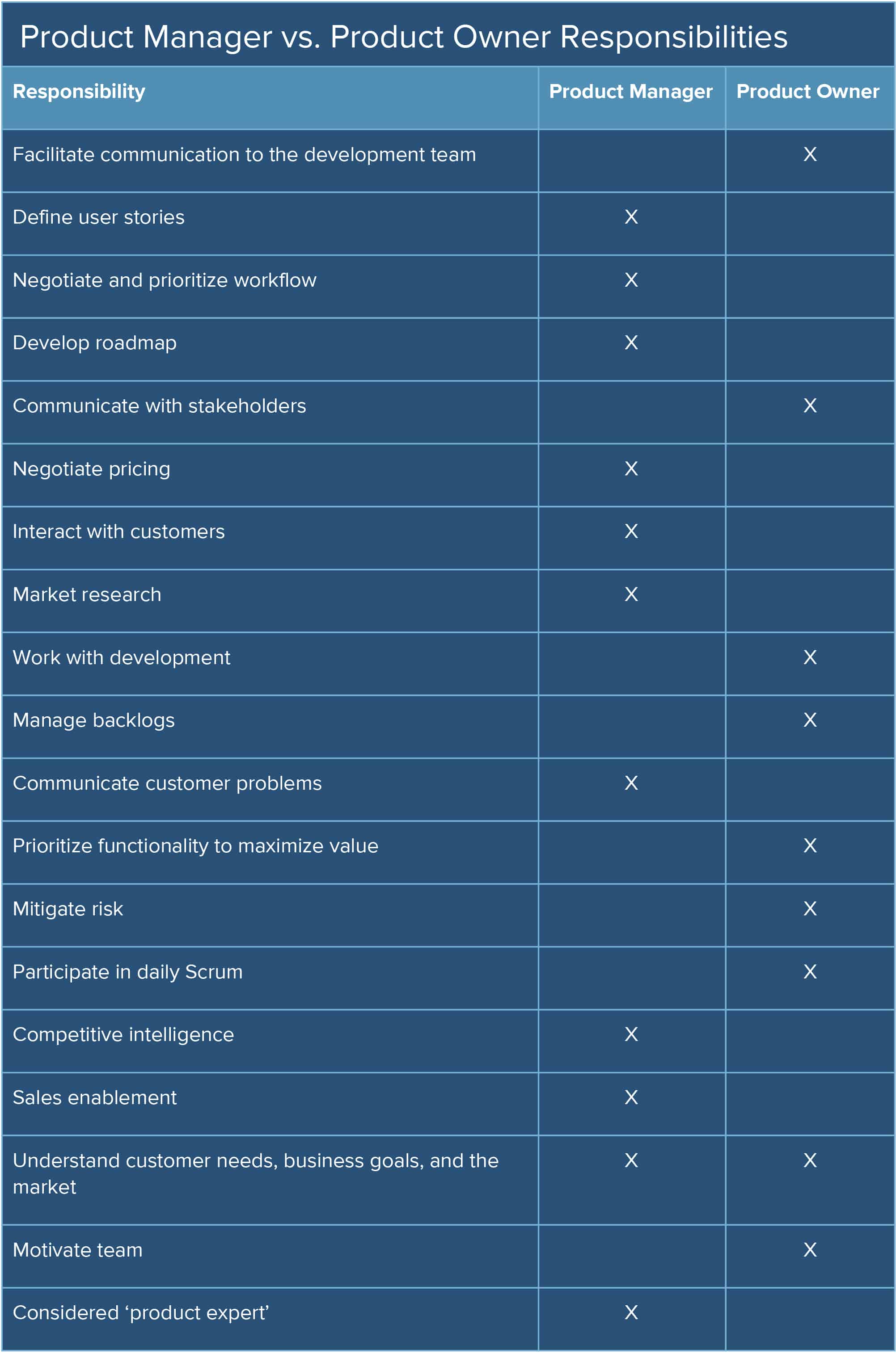Agile for Non-Software Products
Agile is most commonly known in the software development world, but many organizations find the framework beneficial to non-software projects, too. Below are real life examples of using Agile in non-software environments:
Finance:
One of the criticisms of developing a one-time financial plan is that it is often obsolete by the time it is delivered to the client. I offer ongoing retainer-based financial planning services where I work collaboratively with my clients to provide planning and coaching throughout the year. I break the year up into ‘Sprints’ so that we are not taking on more than we can handle each Sprint. This also allows us to modify course during the year as life changes, as it will. I am using technology such as ‘financial planning project management software’ to facilitate the process.”
Marketing:
The iterative approach embraced by Agile frameworks has proven applicable to both software products and non-software products. According to Hubert Smits, Certified Scrum Trainer, “Agile/Scrum is based on empirical thinking – complex problems are best resolved in small steps with the steps that deliver the most important information completed first.”
As noted in the examples above, many business ‘products’ can benefit from these small iterative steps.
Agile Product Management Roles
The intention of product management is to work closely with product development and manage the product direction and requirements based on market research, customer feedback, and development capacity. Unfortunately, product managers are often buried in project management tasks associated with software releases rather than interacting with customers and market influencers to build the most marketable product.
In the Agile development world, there are additional roles which help move product managers out of the tactical, technical activities (where they often spend their time in traditional Waterfall environments) and into an external-facing role where they interact with the market. However, it is not uncommon for product managers to take on the product owner role. This, as you will read about below, can become extremely overwhelming for even the most experienced product manager.
Agile Product Manager: The Agile product manager’s goal is to work with customers and company leadership to define the product direction. The product manager is responsible for representing the true voice of the customer. The best way to fully understand the customer’s problem(s) is to talk to customers – visit their sites, experience their day-to-day business life, and interview their staff. In doing this, a product manager will gain first hand insight the customer’s struggles and will be able to define features and functionality that alleviate the pain points. Without direct field interaction with customers, it is impossible to fully understand a customer’s struggles and needs.
Certification programs to become an Agile Product Manager are offered by Pragmatic Marketing in Pragmatic Product Management.
Challenges Faced by Product Managers: Just like any other organizational role, product managers face obstacles. The most common hurdle is defining requirements. Every team (such as development, support, professional services, or sales) has an opinion on the features that should be included in a product. Fortunately, with tangible information gathered during customer interactions, product managers can back their user stories and product roadmap with real data.
In addition, a product manager’s role ranges from strategic activities, such as defining the product roadmap in alignment with business goals, to tactical activities that take place in sales, marketing, and product support. Unfortunately, product managers will often get stuck in technical, tactical activities that leave little time for strategic work: the sales team wants product managers to demonstrate the product, marketing pulls them into writing collateral, and development uses them to manage their projects. Because of their product knowledge, product managers are great resources for all of these activities, but balance between strategic and tactical is essential.
Agile Product Owner: The product owner in an Agile environment works hand in hand with the development team to clarify user stories, product vision, and specifications, manage backlogs, and maximize the product’s value to the business. The product owner communicates the business intentions to the development team so that they have a clear understanding of why they are being asked to do what they do. A product owner has a great balance between technical/development understanding and business intelligence. They are able to see the full picture: understanding the needs of the business and the customer, communicating with business teams, and aligning technical activities in order to deliver an exceptional product. Product owners typically have a basic understanding of software development, are effective communicators, and understand the need to address customer problems. It is common for product owners to hold business analyst positions prior to becoming a product owner.
Certification courses are offered by the Scrum Alliance to become Certified Scrum Product Owners (CSPO). This certification is valuable in both furthering your career as a product owner, but also in clearly understanding the scope of the Product Owner’s role.
Mistakes Made by Product Owners: Instituting the role of product owner can have enormous benefits in an Agile environment. However, there are mistakes made with this role. In order to succeed, a product owner should:
- Be decisive
- Gain your team’s trust
- Understand the product vision
- Show up and be available to the team
- Be adaptable to change (agile)
- Avoid micro-managing the team
Employing both product management and product owner roles within an Agile organization helps balance the responsibilities without over-burdening a single person. Imagine trying to interact with customers, communicate their needs, build user stories, participate in the daily Scrum, enable sales, train support, demonstrate the product, document features, clarify requirements, and so on. This can be overwhelming, even for the most advanced product manager. The entire organization will benefit when the product manager and product owner can share the duties and avoid the overload a product manager faces when doing it all on their own.
The chart below defines some of the common activities performed by the product manager and product owner.
The Product Requirements Document
A common question is whether the Product Requirements Document (PRD) is used in an Agile world. In fact, the traditional PRD is not used in an Agile environment and is instead replaced by user stories (persona-based needs descriptions of functionality). These user stories focus on customer value and are used by the Agile team to collaborate on the details in order to plan the iterations of a project.
Additional Common Agile Role Confusion
Scrum master vs. product manager vs. product owner: In Scrum, the most popular Agile methodology, the Scrum master is primarily responsible for keeping the Scrum team motivated and focused, and also shields them from distraction and provides guidance and instruction. The product owner’s main responsibilities include managing the backlog, communicating user stories, and determining release dates and functionality. Finally, the product manager is responsible for defining the user stories based on customer pain points, conducting market research, and developing the product roadmap.
Other important roles to consider:
- Feature owner: A feature owner differs from a product owner in that they are only responsible for a specific feature (rather than the entire product).
- Development team: The development team performs all of the technical development tasks. The team is responsible for the analysis, design, writing of code, testing, and technical communication.
Every Agile organization is different and as a result, roles will vary. It is not uncommon for an organization transitioning from Waterfall to Agile to simply shift product managers to product owners. However, this does not mean a good product manager will make a good product owner or vice versa. Rather, what works for one organization may or may not work for another and it is likely that as the organization and product progress, the responsibilities will as well. Consequently, additional roles will be defined in order to ensure adequate attention to all activities associated with delivering a quality product to customers.
The Product Roadmap and Backlog
The product roadmap is developed and maintained in order to demonstrate the intended progression of a product. These roadmaps are often called upon during the sales lifecycle in order to show a prospect that the product has a growth plan. The roadmap is typically managed by the product manager.
The product backlog includes the work to be completed in order to deliver on a sprint or user story. The backlog is used to drive the development team’s activities and is typically managed by the product owner.
The product roadmap and backlog work hand in hand, demonstrating a long term plan (roadmap) with the tactical details required to deliver each stage of the product (backlog).
Smartsheet Is an Essential Tool for Agile Product Managers and Product Owners
Empower your people to go above and beyond with a flexible platform designed to match the needs of your team — and adapt as those needs change.
The Smartsheet platform makes it easy to plan, capture, manage, and report on work from anywhere, helping your team be more effective and get more done. Report on key metrics and get real-time visibility into work as it happens with roll-up reports, dashboards, and automated workflows built to keep your team connected and informed.
When teams have clarity into the work getting done, there’s no telling how much more they can accomplish in the same amount of time. Try Smartsheet for free, today.


